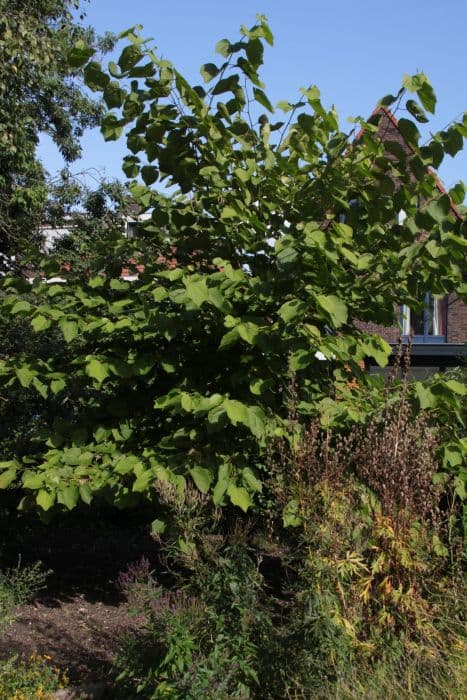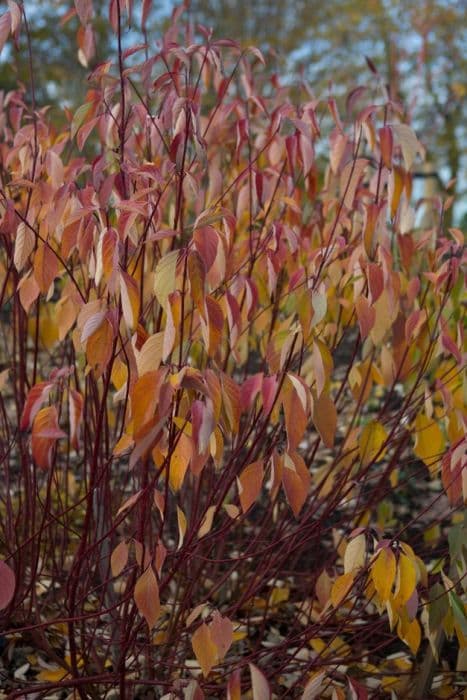Variegated Pagoda Dogwood Cornus alternifolia 'Argentea' (v)

ABOUT
Cornus alternifolia 'Argentea', more commonly known as the variegated pagoda dogwood, is a decorative plant notable for its distinctive foliage and branching pattern. The leaves of this variety are particularly attractive, featuring a creamy white to yellow margin around a green center, giving it a variegated appearance. This contrast can brighten up shady areas of a garden where the plant typically thrives. The variegated pagoda dogwood has a horizontal branching structure that spreads out in layers, almost like the tiers of a pagoda, which is where its common name is derived from. These tiers give it a striking and architectural look, especially during the winter months when the leaves have fallen and the graceful skeleton of the branches becomes more apparent. During the spring and early summer, the variegated pagoda dogwood produces clusters of small, white, star-shaped flowers that add to its ornamental value. These flowers can attract various pollinators to the garden and are often followed by dark-blue to purple berries that provide food for birds and wildlife. The multi-season interest is complemented by the foliage that may show off colorful hues in the fall, ranging from reddish-purple to shades of pink, before leaf drop. Overall, the variegated pagoda dogwood is a charming and elegant plant, sought after for its variegated leaves, tiers of horizontal branches, spring blossoms, and wildlife-friendly berries, making it a delightful addition to any landscape design intended to provide visual interest throughout multiple seasons.
About this plant
 Names
NamesFamily
Cornaceae
Synonyms
Variegated Pagoda Dogwood, Silver Pagoda Dogwood, Variegated Alternate-leaf Dogwood
Common names
Cornus alternifolia f. argentea, Swida alternifolia (L.f.) Small.
 Toxicity
ToxicityTo humans
The Pagoda Dogwood is not considered highly toxic to humans. However, as with many garden plants, ingestion may cause some discomfort or an allergic reaction in sensitive individuals. Generally, the plant is considered safe and there are no well-documented reports of serious toxicity or severe symptoms following ingestion by humans. If a person does ingest part of the plant and experiences adverse effects, it is always wise to seek medical advice.
To pets
The Pagoda Dogwood is not commonly known to be toxic to pets, such as dogs and cats. Most pets will not experience severe illness from ingesting parts of this plant. However, ingestion of non-food plants can sometimes result in gastrointestinal upset, such as vomiting or diarrhea, in pets. If these symptoms occur and persist, it's recommended to consult a veterinarian, especially if the pet has consumed a large quantity of the plant material.
 Characteristics
CharacteristicsLife cycle
Perennials
Foliage type
Deciduous
Color of leaves
Variegated
Flower color
White
Height
13 feet (4 meters)
Spread
10 feet (3 meters)
Plant type
Shrub
Hardiness zones
3
Native area
North America
Benefits
 General Benefits
General Benefits- Ornamental Value: The Cornus alternifolia 'Argentea', commonly known as Pagoda Dogwood, has variegated leaves and a distinctive horizontal branching pattern that adds aesthetic appeal to gardens.
- Wildlife Attraction: It produces berries that are attractive to birds and other wildlife, aiding in biodiversity conservation.
- Shade Provider: With its broad, spreading canopy, the Pagoda Dogwood can provide a cool, shaded area in the landscape.
- Seasonal Interest: This plant offers year-round interest with its attractive foliage, spring flowers, summer berries, and fall color.
- Erosion Control: Its root system helps stabilize soil and prevent erosion on slopes.
- Low Maintenance: Once established, it requires minimal care, making it a convenient choice for gardeners of all skill levels.
- Drought Resistance: The Pagoda Dogwood can tolerate periods of drought, which is beneficial in areas with water usage concerns or restrictions.
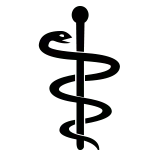 Medical Properties
Medical PropertiesThis plant is not used for medical purposes.
 Air-purifying Qualities
Air-purifying QualitiesThis plant is not specifically known for air purifying qualities.
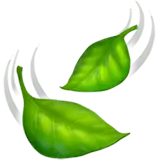 Other Uses
Other Uses- Pagoda Dogwood 'Argentea' can be used in small gardens for its variegated foliage which can be a striking contrast to green-leaved plants.
- The wood of Pagoda Dogwood 'Argentea' is sometimes used for tool handles due to its strength and density.
- This plant can serve as a host for butterfly larvae, offering a natural way to support local butterfly populations.
- The branches can be used in flower arrangements for their attractive form and color, especially in winter when the bare structure stands out.
- Its dense habit provides nesting opportunities for birds seeking shelter and privacy.
- Pagoda Dogwood 'Argentea', with its distinct layers, can be used in landscape photography to add depth and interest to woodland scenes.
- The bright berries can be used to create natural dyes for fabrics or arts and crafts when other traditional dye plants are not available.
- Due to its structural form, this plant is sometimes used in bonsai, offering a challenging yet rewarding specimen for enthusiasts.
- It can be planted to stabilize soil on slopes or areas prone to erosion because of its extensive root system.
- The autumn foliage provides an important visual element in fall garden design, complementing other fall-foliage plants.
Interesting Facts
 Feng Shui
Feng ShuiThe Pagoda Dogwood is not used in Feng Shui practice.
 Zodiac Sign Compitability
Zodiac Sign CompitabilityThe Pagoda Dogwood is not used in astrology practice.
 Plant Symbolism
Plant Symbolism- Stability and Strength: Cornus alternifolia 'Argentea', commonly known as the Pagoda Dogwood, often symbolizes stability and strength due to its sturdy wood and resilient nature.
- Endurance: Reflecting its ability to withstand various environmental conditions, the Pagoda Dogwood represents endurance and the capacity to thrive despite challenges.
- Resilience: The plant's resilience against pests and diseases translates symbolically to overcoming adversity in life.
- Renewal: With its seasonal cycle of growth, the Pagoda Dogwood is seen as a symbol of renewal and the promise of new beginnings.
- Protection: In some cultures, Dogwoods are believed to offer protection due to their use in creating tools and structures, leading to a symbolic association with safety and shelter.
 Water
WaterFor the Pagoda Dogwood, provide water weekly during hot and dry conditions, ensuring the soil is deeply soaked each time. Ideal watering would mean applying about 1-1.5 gallons of water for younger trees, increasing to 2-3 gallons for mature trees to encourage deep root growth. In normal weather, water every two weeks. Reduce watering in the fall before the tree goes dormant, and avoid watering in the winter when the tree is not actively growing.
 Light
LightPagoda Dogwood thrives best in partial shade; however, it can tolerate full sun if it is not too intense. The perfect spot is one where it receives morning sunlight and afternoon shade, protecting it from the harsh midday sun. This lighting condition helps maintain its attractive foliage and supports good plant health.
 Temperature
TemperaturePagoda Dogwood is a hardy plant that can withstand a temperature range of about -30 to 100 degrees Fahrenheit. However, the ideal temperature for this plant is between 60 and 75 degrees Fahrenheit. It is cold hardy in USDA zones 3 through 7, but protection from extreme temperatures is beneficial.
 Pruning
PruningPrune the Pagoda Dogwood in late winter or early spring when the tree is dormant. Remove any dead or damaged branches to maintain plant health and shape, and to encourage new growth. Pruning should be done sparingly, as this tree naturally develops an attractive shape. Annually inspect and remove any unwanted suckers or crossing branches to maintain its structure.
 Cleaning
CleaningAs needed
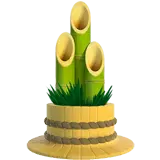 Soil
SoilPagoda Dogwood 'Argentea' thrives in a soil mix with good drainage, consisting of loam, compost, and sand or perlite. The ideal pH for this variegated Pagoda Dogwood should be slightly acidic to neutral, ranging from pH 5.5 to 7.0.
 Repotting
RepottingThe variegated Pagoda Dogwood should be repotted every 2-3 years in the early spring before new growth starts. Younger plants may require more frequent repotting.
 Humidity & Misting
Humidity & MistingVariegated Pagoda Dogwood prefers moderate humidity levels but is quite adaptable to different humidity conditions in a typical garden setting. No specific humidity level is required.
 Suitable locations
Suitable locationsIndoor
Provide bright, indirect light and keep soil moist.
Outdoor
Plant in partial shade; maintain moist, well-drained soil.
Hardiness zone
3-7 USDA
 Life cycle
Life cycleCornus alternifolia 'Argentea', commonly known as Silver Pagoda Dogwood, begins its life cycle as a seed that germinates in a suitable environment with moist, well-drained soil and adequate light. Once germinated, the seedling emerges and over several years develops into a mature shrub with distinctive variegated leaves that are green with white edges. During the spring, the mature plant produces small white flowers in clusters, which are followed by the development of blue-black berries that attract wildlife. Throughout the growing season, the shrub continues to grow and spread, creating a layered, tiered appearance. In the autumn, foliage turns to shades of yellow and purple before the leaves fall off, and the shrub enters a period of dormancy over the winter. The Silver Pagoda Dogwood completes its life cycle when it reaches the end of its lifespan, which can span several decades, and ultimately senesces and dies, leaving seeds that can give rise to new plants.
 Propogation
PropogationPropogation time
Spring-Early Summer
The Pagoda Dogwood, botanically known as Cornus alternifolia 'Argentea', is best propagated through semi-hardwood cuttings. This is often done in the late summer, typically around July to August, when the current year's growth has matured enough to have semi-ripe wood. To propagate using this method, cuttings around 4 to 6 inches (10 to 15 cm) long are taken from healthy, disease-free branches. Leaves on the lower half of the cutting should be removed, and the cut end dipped in rooting hormone to encourage root development. The cutting is then placed in a well-draining rooting medium such as a mix of peat and perlite. Maintaining high humidity and warmth around the cutting is crucial, which can be accomplished by covering the pot with a plastic bag or using a propagation mist system. Roots typically develop within a few weeks, after which the new plants can be gradually acclimatized to less controlled conditions.



